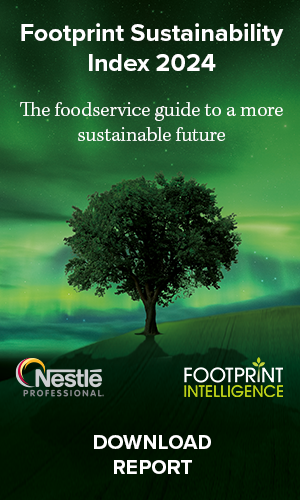Costco is selling whole chickens for $5 in the US. What on earth is going on, asks David Burrows.
In 2008, Tesco created a stir by selling whole chickens for £1.99. The supermarket said it was going to stock more free-range and organic chicken but was also cutting the price of standard birds from £3.30 “to ensure shoppers on a budget also benefit”.
It was a brave move: just a few weeks before the celebrity chefs Jamie Oliver and Hugh Fearnley-Whittingstall had been moved to tears during a TV series that sparked a national debate about the conditions of intensively reared poultry.
I remember reporting on the story at the time. Higher welfare meats were attracting attention but it was the lower welfare (and I use that term purposefully) that remained the most popular – and by some way. The programmes about the pains poultry go through were quickly forgotten when two birds were up for grabs for under a fiver.
Almost 10 years later, Richard Griffiths, chief executive at the British Poultry Council (BPC) noted that “while free-range readily falls into the category of something that ‘everyone knows’ is higher welfare, it has had remarkably limited success in translating consumer awareness into sales. […] it is an aspiration when it comes to the checkout,” he added.
That is still the case today. According to BPC data cited in a report by Footprint in association with RSPCA-Assured, 85% of the UK’s 1 billion broiler chickens are indoor-reared to Red Tractor standards. Those that meet the Better Chicken Commitment standards (which previous Footprint research has showed is far from easy) account for 11%, while 3% is free-range and 1% is organic.
Industry insiders interviewed for the research agreed – often passionately – that meat and eggs served in hospitality and foodservice “should come from chickens who have a happy life, free from suffering – but that achieving this is an industry-wide challenge that they have neither the agency nor the market share to achieve on their own”.
I wasn’t involved in the research, but the bottom line is that lower welfare chicken is still (too) cheap and many businesses are turning a blind eye (either begrudgingly or brazenly).
Indeed, the Financial Times reported this month that Costco Wholesale is managing to sell (cooked) birds at $5 (£3.90) each, alongside a whole host of products, like paper towels and household appliances, at almost impossibly low prices. And that’s brilliant, the experts interviewed for the article suggested. “Costco’s point, which is the opposite of a [luxury group such as] LVMH, is to offer the lowest prices humanly possible,” said one.
But such a price for chicken should surely not be possible. The FT failed to determine just ‘how’ Costco can do this; or highlight ‘why’ it just isn’t environmentally sustainable, or socially acceptable. In a long article of around 1,000 words there was zero questioning of whether the company’s model of selling products like chicken at rock bottom prices is sustainable in any way, shape or form. (The UK arm of Costco seems to only offer chicken from “free-range, slow growing birds”).
Journalists need to start challenging businesses on sustainability in stories like this (especially in high impact sectors with clear issues like poultry). Even if it’s just a line acknowledging potential issues. As someone said to me: it really is time to put the brakes on every “cheaper = good because of ‘cost of living’” story that industry representatives are gleefully peddling and the media are gladly regurgitating. Indeed, the flipside of that coin is that expensive = bad.
The piece did make me wonder whether there is a role for a ‘sustainability editor’ or rather ‘expert’ at newspapers and magazines? Lucy Siegle, the well-known presenter and former writer at The Guardian and The Observer, said she looks back on her days at the papers with “amazement” at the space they were given to dive deep into topics such as this.
“Now it is rare to be allowed to critique the shibboleth of cheap meat (and indeed seafood) anywhere in media on sustainability grounds,” she told me in an exchange on social media. “The ‘cost of living’ narrative [is] often used as a reason. Externalities [are] still wilfully externalised. It’s really crazy.”
Which reminds again of the time when those TV series were being broadcast 16 years ago, when the editor of the magazine I worked for asked our team: “Tell me what the fuck is going on with chickens?” I still don’t know, but I am sure it is not good.














